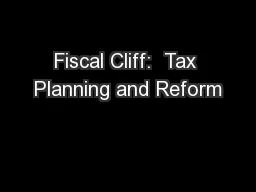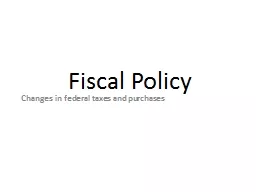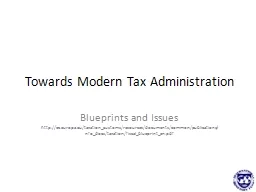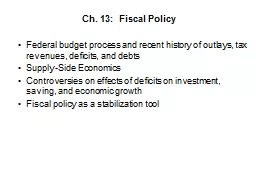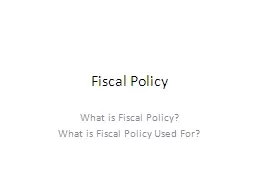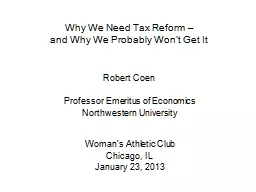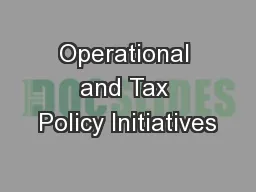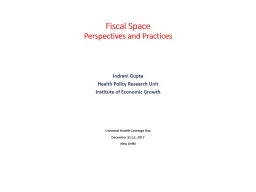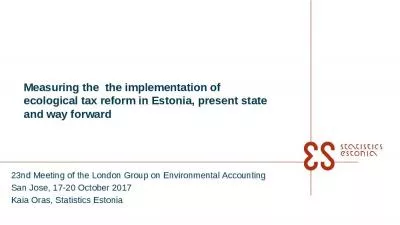PPT-Fiscal Cliff: Tax Planning and Reform
Author : liane-varnes | Published Date : 2018-10-27
Sarah Brown August 7 2013 Agenda What has passed 2013 Tax Planning Opportunities What is on horizonTax Reform Questions Each righthand bar shows what did happen
Presentation Embed Code
Download Presentation
Download Presentation The PPT/PDF document "Fiscal Cliff: Tax Planning and Reform" is the property of its rightful owner. Permission is granted to download and print the materials on this website for personal, non-commercial use only, and to display it on your personal computer provided you do not modify the materials and that you retain all copyright notices contained in the materials. By downloading content from our website, you accept the terms of this agreement.
Fiscal Cliff: Tax Planning and Reform: Transcript
Download Rules Of Document
"Fiscal Cliff: Tax Planning and Reform"The content belongs to its owner. You may download and print it for personal use, without modification, and keep all copyright notices. By downloading, you agree to these terms.
Related Documents

